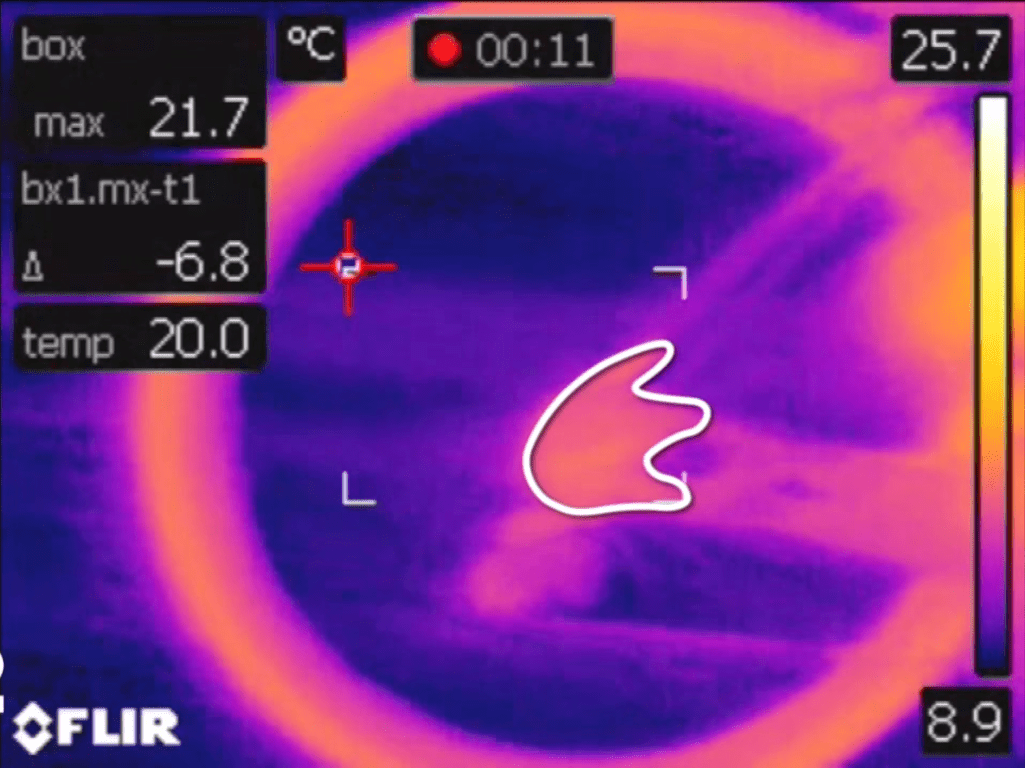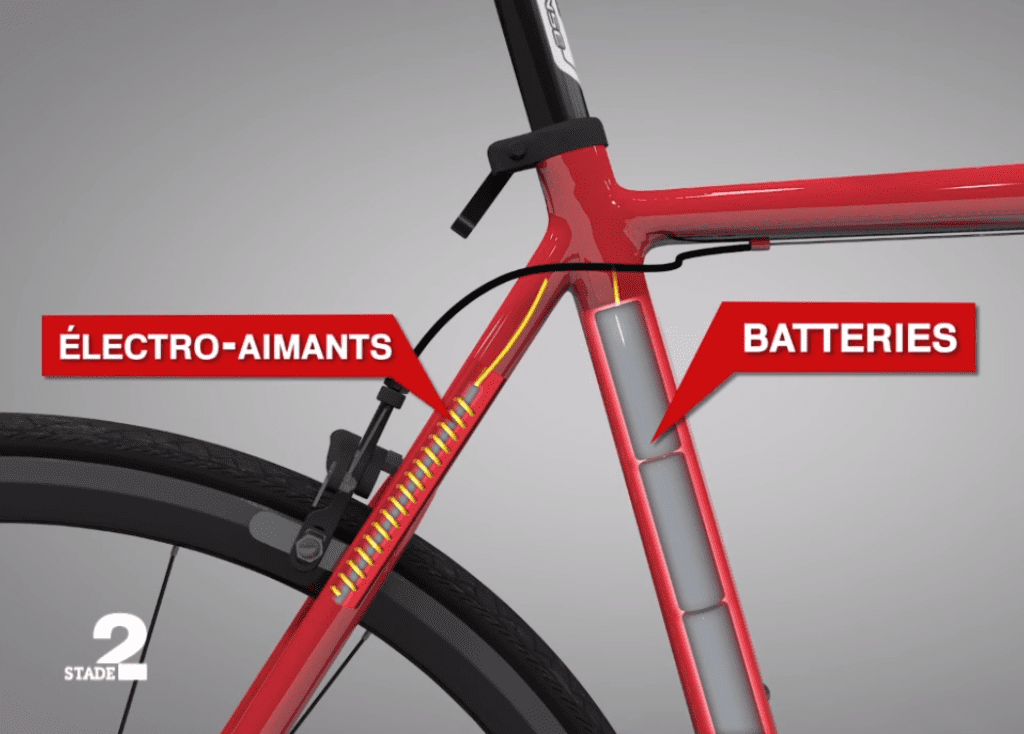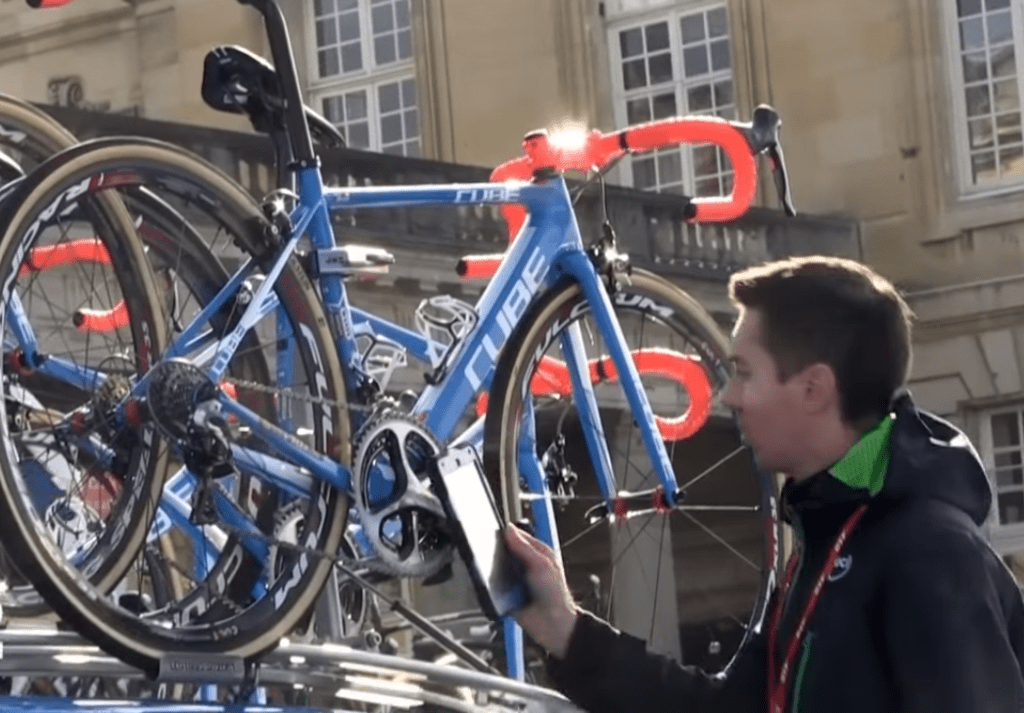Mechanical doping used in pro races according to investigation
French television program Stade 2 claim to have captured footage of mechanized doping being used with thermal camera.

French television program Stade 2 is claiming that the use of mechanical doping is more prevalent than perhaps previously suspected and is going undetected by the UCI. In an investigation using an expensive thermal camera disguised as a regular video camera, the program filmed footage at this years edition of Strade Bianche and the Coppi e Bartali stage race. In a 20-minute segment, the program builds a compelling case that they captured footage of mechanized doping.
A piece in the Italian paper Corriere della Sera reported that with the camera, the program was able to spot seven instances where mechanized doping was taking place. In five cases heat was detected in the bottom bracket they claimed was an indication of a motor pushing the crank. In two other cases, increased heat was detected in the rear-wheel’s hub or cassette. The program consulted a specialist in thermal imagery who agreed the images captured raised suspicions. The program believes they have captured footage that reveals an unusual amount of heat in areas of the bike that should not be producing heat.

The program dug up footage from pro races in the past years which have resulted in allegations being raised against riders for mechanical doping. Perhaps the most famous images are of Fabian Cancellara riding away from Tom Boonen at the Tour of Flanders in 2010 and then leaving the front group in the dust at Paris-Roubaix the same year.
They also spoke to Jean-Pierre Verdy, the former director of the French anti-doping agency who speaking publicly about the subject for the first time, said that team managers and riders had approached him saying that conventional doping was not their biggest concern but mechanical doping was the biggest problem. When asked to produce names Verdy said, “As long as we have no proof we can’t accuse anyone.”
The program visited engineer and inventor Stefano Varjas whose company, E. Powers designs and manufactures bike motors. After the Yugoslavia War, he found a market for the bicycle motors as war veterans who had lost limbs wanted to continue riding. Varjas, who had raced professionally, showed the program a motor approximately 5-cm long that he says can produce 250-watts. Installed in the bottom bracket or the cassette a motor of this design could produce an adjustable amount of power and would be ideal for athletes with a high cadence.


Varjas also showed the program an electromagnetic wheel that he claims can produce 60 to 200-watts. Powered by a magnetic field the systems battery could be hidden in the seat tube and controlled via BlueTooth from a distance. This system costs 50,000 Euro and represents the most advanced system to power bikes.
The UCI is currently using technology that they claim is effective at detecting motors in bikes using an app and a tablet. At the cyclocross World Championships, Famke Van Den Driessche was caught with a motor using the UCI’s detection system.

Brian Cookson, the president of the UCI, told the program after being shown the footage that, “Perhaps there is a simple explanation, maybe it is just friction, I don’t know.”
